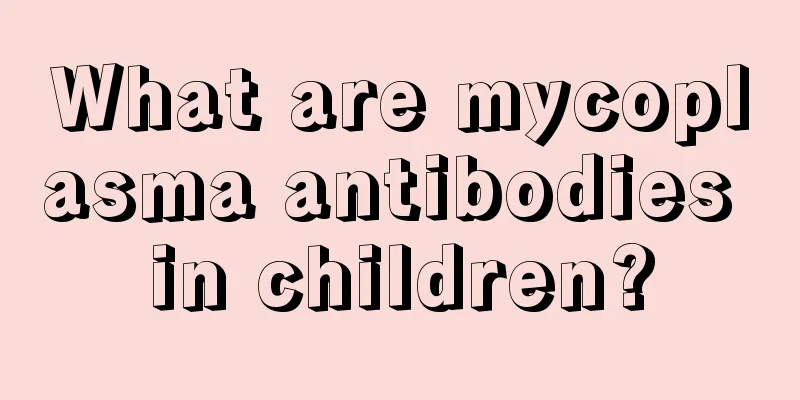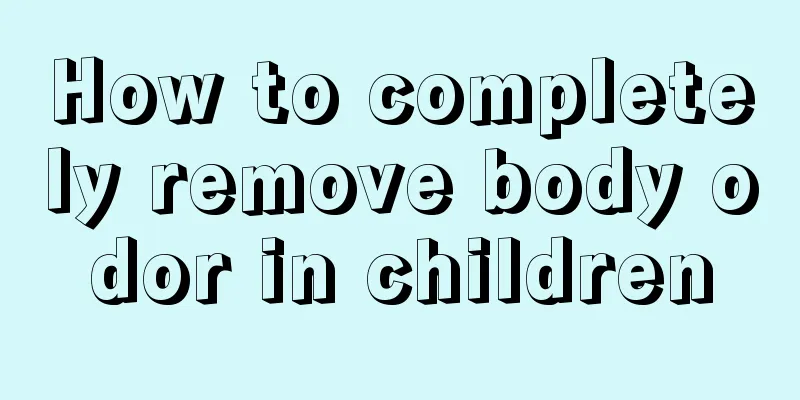The harm of formaldehyde to children

|
When it comes to formaldehyde, we are all familiar with it. We know that some paints and coatings generally contain formaldehyde. At present, many furniture on the market contain excessive formaldehyde, and specially decorated houses also contain a large amount of formaldehyde. Therefore, we are frequently exposed to formaldehyde in our lives, but formaldehyde is a harmful chemical. Excessive contact will have an impact on the body. Adults have good resistance and the impact is relatively small, but children’s resistance is not so good. What harm will it cause to children? The harm of formaldehyde to children: 1. Excessive formaldehyde in indoor areas can induce blood diseases in children. Medical research has shown that excessive formaldehyde in indoor areas has become the main cause of leukemia. Last year, the Harbin Institute of Hematology and Oncology admitted more than 1,500 children with blood diseases. Among them, 80% are leukemia patients, most of whom are 4-year-old children. Why have children become a high-risk group for leukemia? In addition to the internal factor that children's immune function is relatively weak, harmful gases such as formaldehyde emitted by interior decoration materials are one of the "killers". 2. Excessive formaldehyde causes infant deformity. Long-term exposure to low doses of formaldehyde can cause chronic respiratory diseases, nasopharyngeal cancer, colon cancer, brain tumors, menstrual disorders, gene mutations in the cell nucleus, cross-linking within the single strand of DNA and between DNA and protein, inhibition of DNA damage repair, pregnancy syndrome, and chromosomal abnormalities in newborns. Children and pregnant women are particularly sensitive to formaldehyde, so the harm is greater. Since children have relatively low immunity, the harm caused by formaldehyde is more serious to them. Causes fetal deformity. 3. Indoor pollution leads to lead poisoning in children. The increasingly serious environmental lead pollution is the root cause of lead poisoning among people, especially children. Especially with the rapid economic development and rapid development of urban transportation, various interior decoration materials have emerged in an endless stream, interior decoration has entered thousands of households, and children's toys have become increasingly abundant. Lead from gasoline and paint has constituted pollution to the indoor environment. According to a survey conducted by a British indoor hygiene research organization, the average lead content in residential air is 1 times higher than that in park soil, which poses a great threat to young children who often play on the ground indoors. According to a survey, in Beijing alone, 20 percent of children have blood lead levels that exceed the standard. 4. Excessive formaldehyde increases the incidence of asthma in children. From the survey of American experts on asthma caused by excessive indoor formaldehyde, it can be seen that among American children, those suffering from asthma account for 12.4% of the total US population. This disease affects children of every age group, and 65% of children suffer from asthma to varying degrees. The World Health Organization announced that 100,000 people die from asthma every year due to indoor air pollution, and 35% of them are children. According to statistics, the prevalence of asthma in children in my country is 2-5%, among which the prevalence in children aged 1-5 is as high as 85%! Formaldehyde has become the main cause of asthma in children. 5. Excessive formaldehyde in indoor areas greatly reduces children's intelligence. In 2001, the British invested 15 million pounds to conduct a research team on "Global Environmental Change Issues". After summarizing the research reports of scientists from various countries and conducting a large amount of investigation and analysis, they announced a shocking conclusion: Environmental pollution has greatly reduced the intelligence of humans, especially children! This result exceeded people's previous estimates. The human brain is being damaged by human behavior. "Therefore, whether from the perspective of children's physical or intellectual development, the harm of indoor environmental pollution to children cannot be ignored. Symptoms of formaldehyde poisoning in children: Formaldehyde can harm the eyes and upper respiratory tract mucosa. Mild symptoms include conjunctival congestion, redness and swelling, difficulty breathing, heavy breathing, hoarseness of the throat, and dry, dull or wet speech. More serious symptoms include persistent coughing, sputum, chest tightness, difficulty breathing, and dry or wet crackling sounds. Medically speaking, it is type bronchopneumonia; the swelling in the throat has increased to grade three. The main hazard of formaldehyde is its irritation to the skin and mucous membranes. Formaldehyde is a protoplasmic toxic substance that can combine with protein. When inhaled in high concentrations, it can cause severe respiratory irritation and edema, eye irritation, and headaches. a. Sensitization: Direct skin contact with formaldehyde can cause allergic dermatitis, pigmentation, and necrosis. Inhalation of high concentrations of formaldehyde can induce bronchial asthma. b. Mutagenic effect: High concentration of formaldehyde is also a genotoxic substance. Experimental animals may develop nasopharyngeal tumors if they inhale high concentrations in the laboratory. c. Outstanding symptoms: headache, dizziness, fatigue, nausea, vomiting, chest tightness, eye pain, sore throat, poor appetite, palpitations, insomnia, weight loss, memory loss and autonomic nervous system disorders; long-term inhalation by pregnant women may cause fetal malformation or even death. For the sake of the health of the next generation, we should do more prevention and preparation. |
<<: The harm of formaldehyde to children
>>: Can a nine-month-old baby eat shrimp?
Recommend
What happens if a child’s platelet count is lower than normal?
Platelets are very important to the human body. T...
The best foods for kids
1. The best staple food: whole-wheat food Whole-w...
Reasons why babies sweat all the time
Many parents find that their children often sweat...
Causes of Henoch-Schonlein Purpura Nephritis in Children
Children's health is a problem that parents a...
What should I do if my baby eats sand while playing with it?
Babies are angels of their parents, but little an...
Is it serious if a child has a fever and shivers?
It's already January, and although the temper...
What should I do if I have foreskin eczema in children?
Newborn babies have tender skin, so they are pron...
What should I do if my baby eats plastic paper?
Plastic paper is a piece of paper that looks like...
2 and a half year old baby has developmental delay
If you find that your baby has developmental dela...
What are the symptoms of heat stroke in infants and young children?
We all know that infants and young children have ...
What to do if your child's new teeth become loose
Children's growth is the most important thing...
Why does a baby sneeze and have a runny nose?
The coming of a baby into this world brings us a ...
How tall is a one year and eight month old baby?
The baby's health is the most concerned issue...
Why does the child have a fever of 41 degrees?
After having children, we often worry about what ...
How old can a baby sit in a walker?
If the baby sits in a walker, mothers will be mor...









